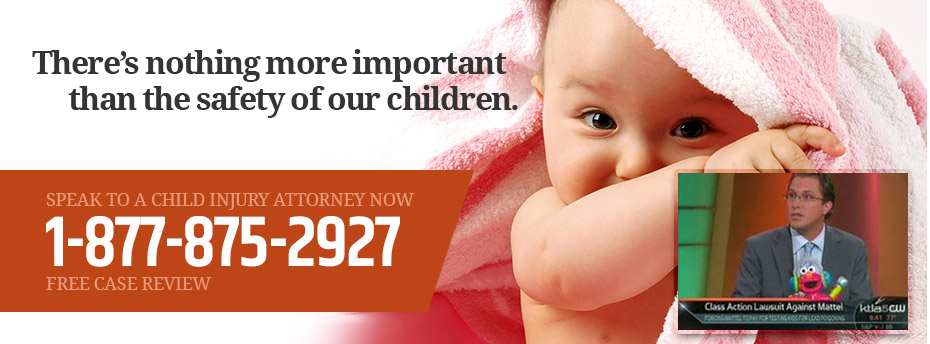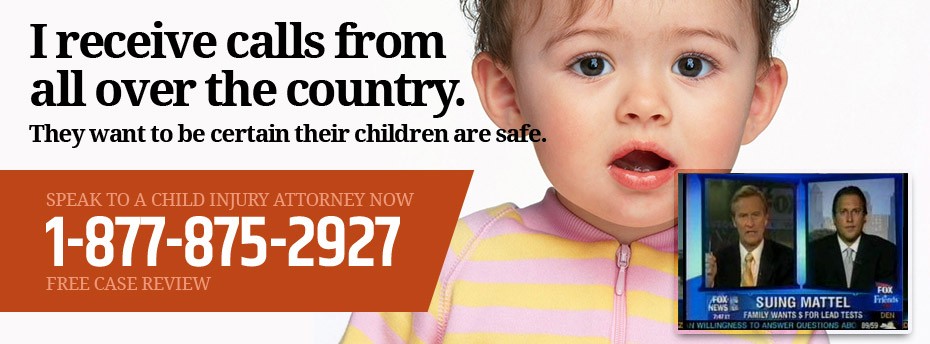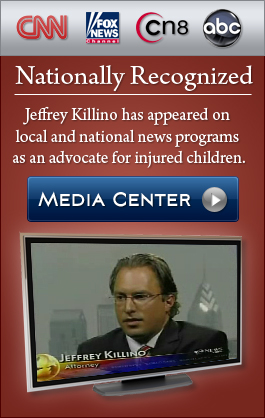 Driven by a surge in adorable photos on Instagram and other social media outlets, baby neck floats have become popular poolside accessories in recent years. It seems few parents can resist the thought of their little one drifting effortlessly across the water on a hot summer day.
Driven by a surge in adorable photos on Instagram and other social media outlets, baby neck floats have become popular poolside accessories in recent years. It seems few parents can resist the thought of their little one drifting effortlessly across the water on a hot summer day.
But according to safety experts, these donut-shaped inflatables are little more than potential deathtraps and don’t belong anywhere near an infant’s neck.
Our Child Drowning Lawyers have a record of success representing the victims of defective water toys and swimming pool accidents, earning national recognition for the aggressive pursuit of justice on behalf of injured children and their families.
The Case Against Baby Neck Rings
Baby neck floats or rings are designed to snugly cradle an infant’s head as their body moves around freely underwater. The devices were originally conceived as medical aids for children with disabilities, but are now being marketed as a way to allow infants independent mobility in pools, bathtubs, and even “baby spas.”
Although there are benefits to exposing a child to the water at a young age, experts say baby neck rings aren’t the way to go. According to the American Academy of Pediatrics (AAP), neck floats and other air-filled swimming aids may deflate while in use and are not designed to prevent drowning. An infant can fall through a neck ring that’s too loose, and they might have difficulty breathing if the float is too tight. It’s also possible for a baby to tip over while using a neck ring.
Beyond the obvious drowning danger, baby neck floats have not been shown to decrease the risk of injury. The Swimming Teachers’ Association also discourages the “routine” use of infant neck floats, as the pressure created when a baby’s head is cradled in this manner could eventually affect development of the spine, nervous system, and brain.
Otteroo Baby Neck Float Recall
In July 2015, the U.S. Consumer Product Safety Commission (CPSC) recalled roughly 3,000 Otteroo Baby Neck Floats after receiving 54 reports of a broken seam that could cause the rings to deflate while in use.
“Consumers should immediately stop using the recalled inflatable baby floats and contact the firm to receive a free replacement,” the CPSC notice stated.
The defective Otteroo neck floats were made in China and sold online from January 2014 through July 2014 by Otteroo.com, Amazon, and Zulily. The name “Otteroo” was imprinted on the top of the float in large, orange letters with an Otter logo. The recalled baby neck rings retailed for about $35.00.
Safe Swimming for Your Baby
The CPSC receives an average of 356 child drowning reports involving pools and spas every year. The vast majority of incidents – 77% — involve children younger than 5.
To ensure your baby doesn’t become another tragic statistic, the AAP advises parents to:
- Empty wading pools whenever they’re not in use.
- Install a climb-proof fence on all four sides of any in-ground or above-ground pool. The fence should have a self-closing gate with a self-locking latch that’s at least 52 inches from the ground.
- Consider alarms for the pool, gate, and all doors leading outside, as well as window guards for any windows facing the pool.
- Never leave a baby or small child alone in or near water, even for a moment.
- Never allow older children to supervise an infant or toddler in or around water.
- Keep a shepherd’s hook, a life preserver, and a portable telephone near the pool. Choose rescue equipment made from fiberglass or other materials that won’t conduct electricity.
- Make sure in- and above-ground pools have anti-entrapment drain covers and other devices or systems to prevent children from being trapped underwater.
- Avoid baby neck floats or other inflatable swim aids. These products can provide a false sense of security and are not a substitute for U.S. Coast Guard-approved life jackets.
According to the Centers for Disease Control and Prevention, drowning ranks fifth among the leading causes of unintentional injury death in the United States. For every child who dies from drowning, another five receive emergency department care for nonfatal submersion injuries. These nonfatal drowning injuries can cause severe brain damage that may result in long-term disabilities. For these reasons, the CDC advises against using any air-filled or foam toys, such as water wings, noodles, or inner-tubes instead of life jackets. The CDC also advises parents to ditch the “floaties”. Floaties are armbands, inflatable rings, rafts, noodles, and the ever-popular puddle jumper. Instead, the CDC recommends getting in the water for interactive play with your baby and enrolling your child in survival swim lessons.
Child Injury Lawyer Jeffrey Killino and his law firm have extensive experience with cases involving defective products and dangerous toys. If your son or daughter was hurt because of a baby neck float or other inflatable swim aid, please do not hesitate to contact us at 1-877-875- 2927.





